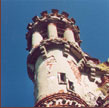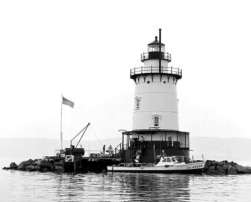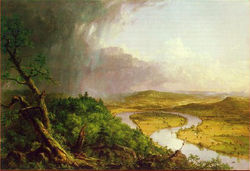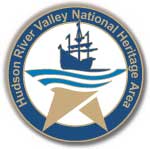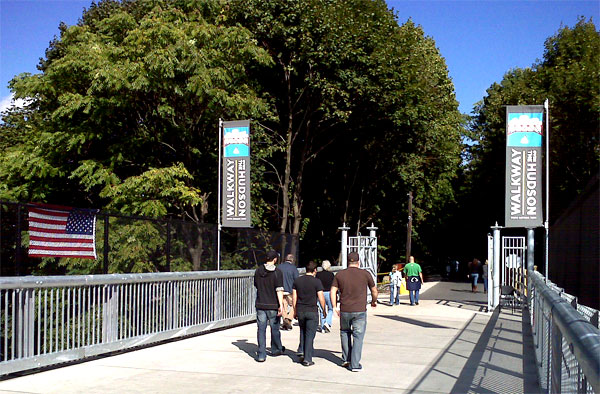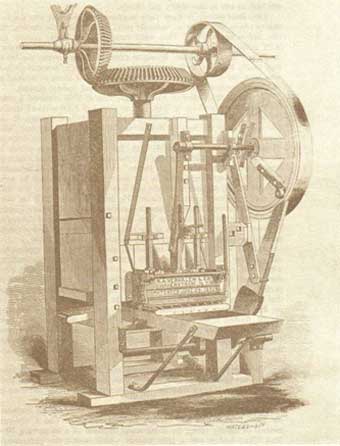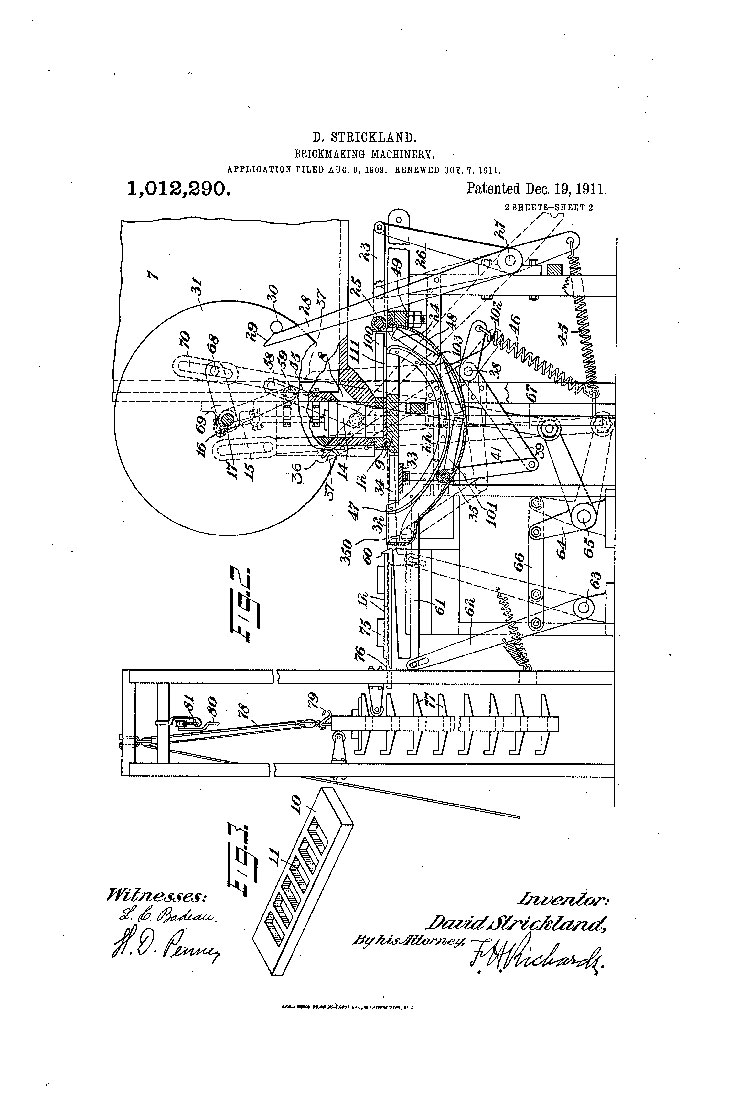

The above print, "View from West Point" is from a steel engraving by W. H. Bartlett, c. 1850
|
The Perkins EffectA History of Palisades Interstate Park
|
Hudson River Events, People and Places from A to ZAmerica's First River: Bill Moyers on the Hudson "It's quite a river, the Hudson, flowing from near the Canadian border down past New York harbor to the Atlantic... And it's quite a story we report in AMERICA'S FIRST RIVER, from the American Revolution to the epic battle between Jack Welch, former Chairman of General Electric, and people up and down the Hudson who fought him tooth and toenail over PCBs dumped in the river by GE."
Bannerman's Island Arsenal From the acclaimed Hudson Valley Ruins web site. Boscobel The house was completed in 1808 for the States Dyckman family and is widely regarded as one of the finest examples of Federal architecture in the country.
Thomas Cole National Historic Site Cole was a major player in the Hudson River School. Visit his home in Catskill, NY. Croton Point Tales of life at "Interwasser" woven with world-famous wine, brickmaking and War of 1812 watermelons. Danskammer Point Here was the Edward Armstrong mansion where a Cuban sugar broker, Juan Jacinto Jova, built a brickmaking empire. Historic Hudson Valley Visit manors, mansions and a church in a network of historic sites in Sleepy Hollow Country. Hudson River Chains to block the British at Ft. Washington, Ft. Montgomery and West Point. Hudson River Heritage Committed to preserving the unique character of the Mid-Hudson Valley's historic architecture, rural landscapes and scenic viewsheds, HRH acts as steward for the Hudson River National Historic Landmark District, a 32-square-mile area stretching from Staatsburg, in Dutchess County to Clermont, in Columbia County. This area is rich with country estates, small hamlets, and breathtaking landscapes.
A Hudson River Portfolio Prints, maps, photographs, guidebooks, histories and literature from the 19th century have been scanned and organized for the student, scholar and general audiences. Material is from the collections of the New York Public Library.
Hudson River School Art Trail Walk in the footsteps of Thomas Cole, Frederic Church, Asher B. Durand, Jasper Cropsey, Sanford Gifford and other pioneering American artists, and see the landscapes that launched the Hudson River School of Art. Hudson River Valley Heritage One of the best Hudson Valley history sites on the Web. Provides online access to historical materials such as atlases, newspapers and photos.
Hudson Valley Ruins Forgotten Landmarks of an American Landscape. Includes the Hudson Valley Demolition Alert. Olana Visit the estate of famed Hudson River School artist Frederic Edwin Church.
Scenic Hudson: protecting the natural beauty of the Hudson Valley and the unique character of the Hudson River towns. Slabsides Learn about the rustic cabin where John Burroughs wrote some of the essays that made him America's foremost nature writer of his time. Stony Point: Read about the Battlefield and Lighthouse. This is a NY State Historic Site.
Historic Hudson River Towns A consortium of riverfront municipalities (villages, towns and cities) that was formed in 1994 to work together on issues of common concern. West Point Foundry The site was chosen as one of four federally-subsidized foundry sites by President Madison in 1812. The "Parrot Gun" was made here in the 1860s and shot farther and more accurately than any other weapon at the time. It is credited for helping the Union Army win the Civil War.
|
The Great Hudson River Brick Industry
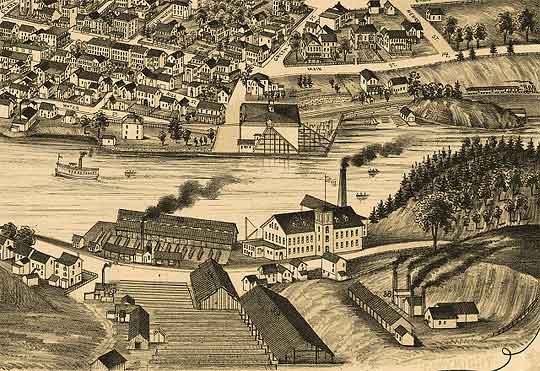 Ferrier & Golden and C.C. Abeel Brickyards, Catskill, NY (From a drawing by L.R. Burleigh, Troy, NY 1889)
Business was booming. The New York metropolitan area was experiencing a building craze. In 1923, the price of brick commanded $20 per 1000.
|
Richard VerValen, James Wood,
|
DeclineWhen the last yard, Rockland Brick Co., dismantled its only remaining kiln shed in 1941, part of the shed was delivered to a World War II munitions plant for scrap. Hudson River Bricks were the subject of a book,"The Great Hudson River Brick Industry" (Purple Mountain Press, 2003), by George V. Hutton, whose family owned a factory in Kingston, N.Y., from 1865 to 1980. To obtain this landmark book at a Special Price Click Here. Another fine book "Within These Gates" (©1982) by Daniel deNoyelles is available at the Haverstraw Brick Museum. At the turn of the century, the deNoyelles Brickyard was a major player in the North Rockland brickmaking industry.
|
Sources Consulted:
"The Gentleman from Ulster" by Mike Mayone (whose great grandfather Joseph founded the MAYONE brickyard in Athens, NY)
|
|
HUDSON RIVER HISTORY .comA compilation of resources on the history of New York's Hudson Valley and a unique history of Hudson River towns created by researching bricks found in the region.©2007--2023
|
